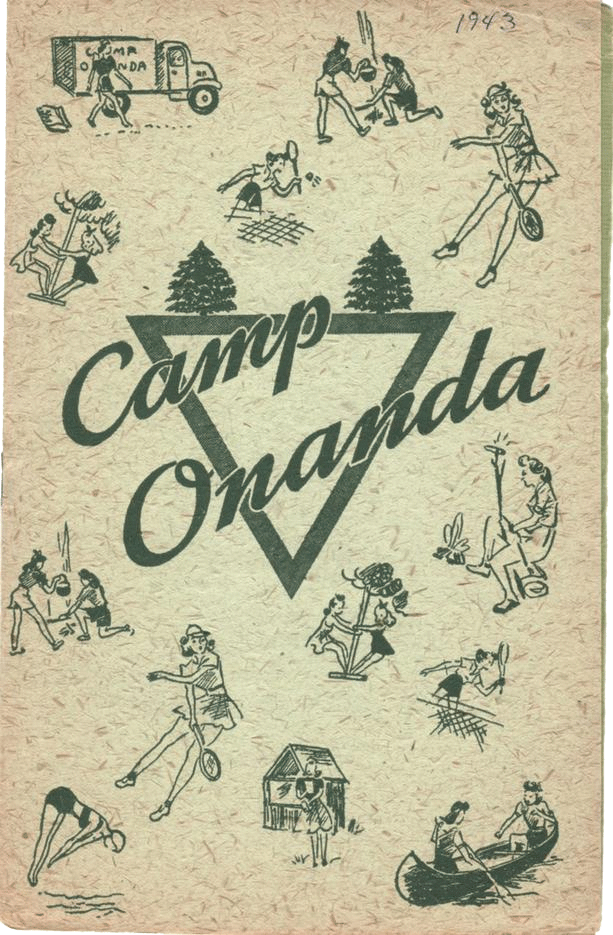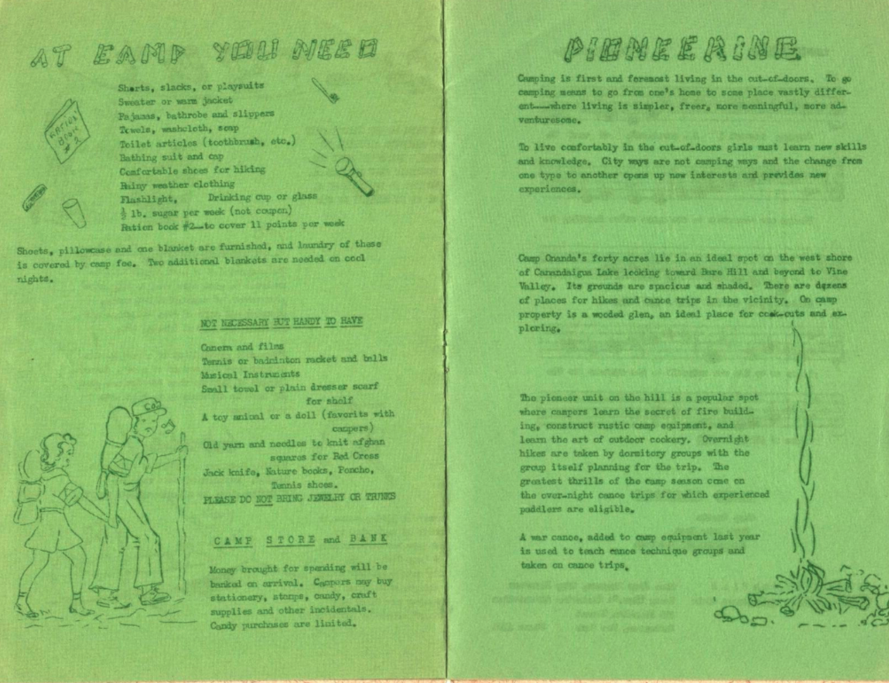WHEN CAMP ONANDA GIVES HER CALL WE Answer!
Forever Friendships and Memories
Y.W.C.A CAMP ONANDA
Friendships And Memories Forever
The Onanda Connection
Thanks to more folks than can be named, this site is becoming an exciting place to touch base with a very special part of our past. You are all Outstanding Counselors and Campers forever for helping to keep Camp Onanda alive and well in the digital world.
Rebuilding and updating this site is constantly going on so check in often. A major effort to update the site was begun in March 2021. Tell us what you'd like to find here and we'll try to make that happen. Enjoy your visit and keep in touch!

Update - May 2013
The Y.W.C.A actually started using this area on the west side of Canandaigua Lake in 1906, renting two homes just south of what would become Camp Onanda. It was in 1919 that the Y.W.C.A actually purchased the William L. Foster home and land. It officially became Y.W.C.A Camp Onanda that very summer of 1919.
Onanda's "Known" Camp Directors
Bless Their Hearts...
1906 -1919 - (rental years) several gals were director for shorter two week periods, but Mary Maulthrop, Miss Pomeroy, Lela Smith, and Agnes Kidder were among those.
1919 - 1921 - Mary Moulthrop and Lela Smith
1922 - 1924 - Clara Kaiser
1925 - Miss Pomeroy
1926 - Agnes Rix Kidder and Midd Coulton
1927 - 1930 - Agnes Rix Kidder and Gertrude Libbee
1931 - 1935 - Gertrude Libee
1936 - 1940 - Elizabeth Hutchinson
1943 - 1946 - Jane Plummer
1947 - Frances Stanley
1948 - 1949 - Elizabeth F. Roeder
1950 - 1953 - Marian Sandberg
1954 - 1956 - Nancy Savage
1957 - Dorothy Park
1958 - 1959 - Jaque Poole
1960 - 1962 - Shirley Carmichael (Mike)
1963 - 1972 - Barbara Fisher (Skip)
1973 - 1975 - Pat Collins
1976 - Marian Herrs
1977 - Mary Ellen Desino (Cookie)
1978 - 1980 - Lydia Pettis
1980 - 1982 - Nancy Preston
1983 - 1984 - Wanda Teharr
1985 - Mary Ciriani
After you've read the next part of the camp history (found in the drop-down window under the HOME page), if other historic sorts of questions pop into you're thinking, send those questions our way. We'll try to find the answer for you.






